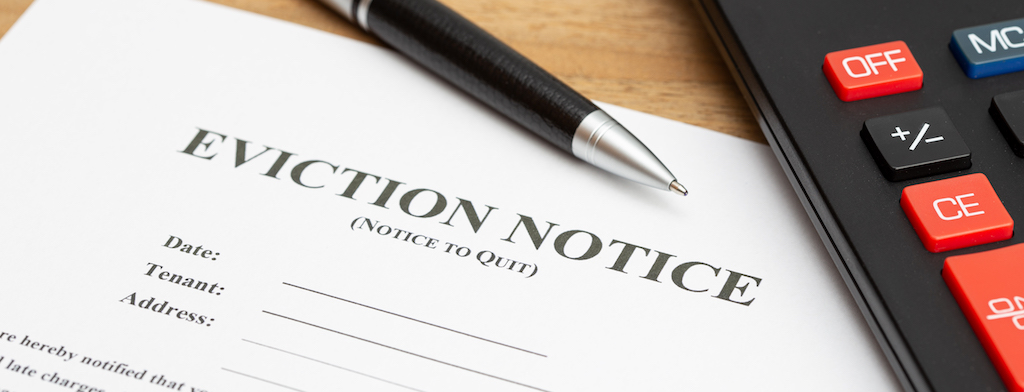
A properly completed residential lease, with all of important components, is essential to a proper landlord/tenant relationship.
It’s in the best interests of all parties for everything to be laid out in writing, so don’t hesitate to ensure that all items are covered.
Remember that each law covering leases will have subtle differences in each state, but the bulk of what’s in a good document applies across the board.
Search state databases for information about what needs to be included.
The information below will help you understand the substance of generally accepted lease agreements.
Rental Agreement or Lease
The primary difference between the two is that a rental agreement is a month-to-month document, while the lease covers a set period of time.
Should a tenant remain after a lease expires, things convert over to a rental agreement based on the final terms of the lease until a new lease is signed or the tenant moves out.
The obvious advantage of a rental agreement is that it allows either party to terminate it on a 30-day notice.
The downside for landlords is just that — there’s more long-term advantages to a lease that implies a time frame.
Of course, that means getting it right and covering all aspects of a lease in important.
Prominent Sections in a Residential Lease
The first section is always the personal and/or business information for both the landlord and the new resident, followed by the physical address of the property as well as any extra details.
If the premise includes furniture or something else in addition to the structure it would be noted here.
The amount of rent will be in another section, along with any security deposits and/or last month requirements.
This information may be be broken down into sections called “terms” and “payments.”
This is where you likely see language detailing late charges and how they are handled included.
The date late charges will be implemented needs should be listed as well.
Further down the lease document will be sections detailing rules about occupants. It’s important to include specific language that limits the amount of time a guest can stay (normally 15 days) to avoid extra residents who aren’t on the lease.
There should be sections outlining pet policy that are clear and concise.
Parking regulations are also important if there is any shared parking or if a landlord wants to limit the number of vehicles that can be parked on the property.
Sections Referring to Termination and Maintenance
The maintenance section details who is responsible for what when it comes to property upkeep, trash disposal and routine repairs.
Utility services can be paid for by the resident or landlord as prescribed in this section the lease.
When it comes to termination, the section should contain specific language that spells out what kind of actions can result in the lease being terminated is important.
The effective dates of the lease should be included here and the options for renewal as well.
Many office supply stores and online services can provide a lease template.
What you want to be sure of is that you are using the correct lease for your state and that it covers all the necessary categories.
Make sure any lease you choose is up to standard as it isn’t something to cut corners on.



